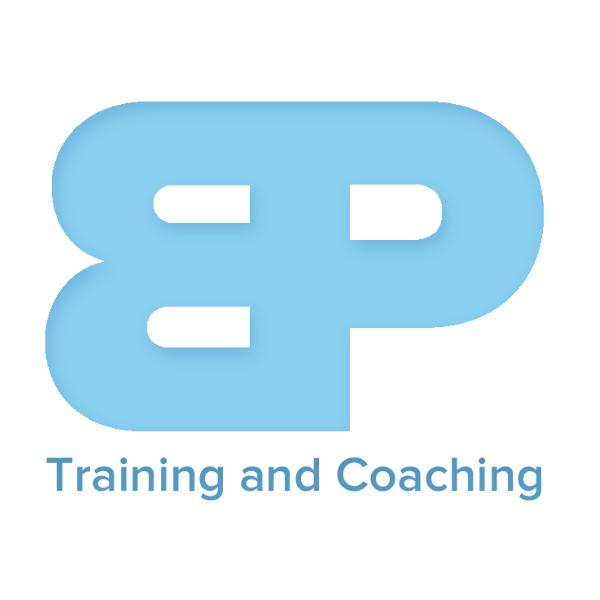Middle back rotation stretch
The middle back rotation stretch is a simple yet effective stretch that targets the muscles of the upper and middle back, including the rhomboids, trapezius, and erector spinae.
The middle back rotation stretch is a great way to improve mobility and flexibility in the upper and middle back, and can help to alleviate tension and stiffness in these areas. It’s important to stretch regularly and make it a part of your regular routine to enjoy the full benefits of the middle back rotation stretch.
Main muscles used doing the middle back rotation stretch
The main muscles used in the middle back rotation stretch are the rhomboids, trapezius, and erector spinae.
- The rhomboids are a pair of muscles located in the upper back that connect the shoulder blades to the spine and play a role in shoulder blade stability and movement.
- The trapezius is a large, triangular-shaped muscle that covers the upper back and neck and is involved in shoulder blade movement, neck and head movement, and upper extremity movement.
- The erector spinae is a group of muscles that run along the spine and help to maintain proper posture and support the spine.
By stretching these muscles, the middle back rotation stretch can help to improve mobility and flexibility in the upper and middle back, and can help to alleviate tension and stiffness in these areas.
Instructions on how to do the middle back rotation stretch
Here’s how to perform the middle back rotation stretch:
- Stand tall with your feet shoulder-width apart and your arms extended straight out in front of you.
- Keeping your arms straight, rotate your torso to the right as far as you can, feeling the stretch in your upper and middle back.
- Hold the stretch for 15 to 30 seconds, then release and repeat on the opposite side.
- To deepen the stretch, you can bring your arms back towards your hips and hold the stretch for an additional 15 to 30 seconds on each side.
Tips for doing the middle back rotation stretch
Here are some tips for doing the middle back rotation stretch effectively:
- Warm up first: It’s important to warm up before stretching to prepare the muscles for the stretch and reduce the risk of injury. Try doing some light cardio to get your muscles warm and ready to stretch.
- Keep your arms straight: Keeping your arms straight is key to getting the full benefit of the middle back rotation stretch. If you have trouble keeping your arms straight, you can use a towel or resistance band to help maintain proper form.
- Breathe deeply: Breathing deeply and relaxing into the stretch can help you to get the most out of the stretch and avoid tensing up.
- Stretch both sides equally: Be sure to stretch both sides equally to maintain balance and avoid imbalances in the muscles.
- Hold the stretch for 15 to 30 seconds: Holding the stretch for 15 to 30 seconds on each side can help to effectively stretch the muscles and promote flexibility.
- Move slowly and smoothly: Moving slowly and smoothly into and out of the stretch can help to avoid straining the muscles and reduce the risk of injury.
- Avoid over-stretching: Avoid over-stretching and pushing your body beyond its limits, as this can lead to injury. Stretch only to the point of mild discomfort and listen to your body.
- Incorporate stretching into your routine regularly: To see the full benefits of stretching, it’s important to make it a regular part of your routine and stretch regularly.
By following these tips, you can effectively perform the middle back rotation stretch and enjoy the many benefits it has to offer.
Benefits of doing the middle back rotation stretch
The middle back rotation stretch offers many benefits, including:
- Improving mobility and flexibility: The middle back rotation stretch helps to improve mobility and flexibility in the upper and middle back, making it easier to perform everyday movements and activities.
- Relieving tension and stiffness: The middle back rotation stretch can help to alleviate tension and stiffness in the upper and middle back, which can result from prolonged sitting or repetitive motions.
- Improving posture: The middle back rotation stretch helps to improve posture by stretching and strengthening the muscles that support the spine and shoulders.
- Reducing the risk of injury: By improving mobility and flexibility, the middle back rotation stretch can help to reduce the risk of injury, particularly in the upper and middle back.
- Relieving stress and tension: Stretching can help to relieve stress and tension, and the middle back rotation stretch is no exception. This stretch can help to release pent-up tension in the upper and middle back, leaving you feeling relaxed and refreshed.
- Enhancing athletic performance: By improving mobility and flexibility, the middle back rotation stretch can enhance athletic performance, particularly in sports that involve upper body and back movements.
- Promoting relaxation: The middle back rotation stretch can promote relaxation and calmness, helping to reduce stress and tension.
By incorporating the middle back rotation stretch into your routine, you can enjoy these benefits and maintain healthy, flexible, and pain-free upper and middle back muscles.
For other warm-up exercises like the middle back rotation stretch, go to http://bptrainingcoaching.com/warm-up-exercises/.

